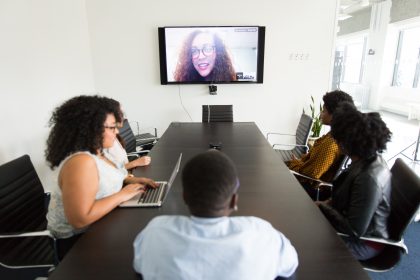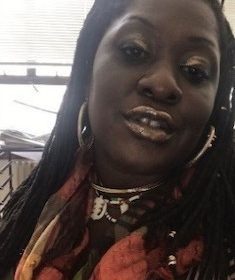From part 2 of this series we know that tools are available to easily and naturally recognize personality differences for greater understanding and effectiveness as a coach. This blog post looks at how people receive and process information to further enhance effectiveness coaching.
Many have heard of learning styles, and many are familiar with one basic of neuro-linguistic programming (NLP): people are primarily visual (40%), auditory (20%), or kinesthetic (40%). The category names give definition to the differences.
* Some people process information visually, seeing the picture. Visual people also respond based on what they see, and use words that pertain to seeing.
* Some people process based on what they hear, auditory. Auditory individuals respond based on thinking through with words and use language tied to hearing.
* Some people are primarily kinesthetic and they process based on feelings and the senses. Responses from kinesthetic people include words about feeling, tasting, and smelling.
When you listen to understand your client, you begin to notice the word choices. Additionally, NLP provides information on how to recognize primary style based on gestures, pace, and eyes.
As a coach, when you identify your clients preferred style, you have the ability to enhance communication by deferring to their style. Using words that a client prefers increases their comfort level and understanding. When a client is exploring their goals and action steps, their order of preference of all three styles becomes the order a coach follows in questions to describe desired outcomes. This enhances the process for the client because of comfort level, focus, and creating the achievable reality mentally for greater success.
The concepts covered in this blog series are tools that many use in everyday interactions at work and home. As a coach, the added value of learning and using this information is a greater understanding of your client, enhanced effectiveness in the coaching process, and the skill to really provide client-focused coaching.




